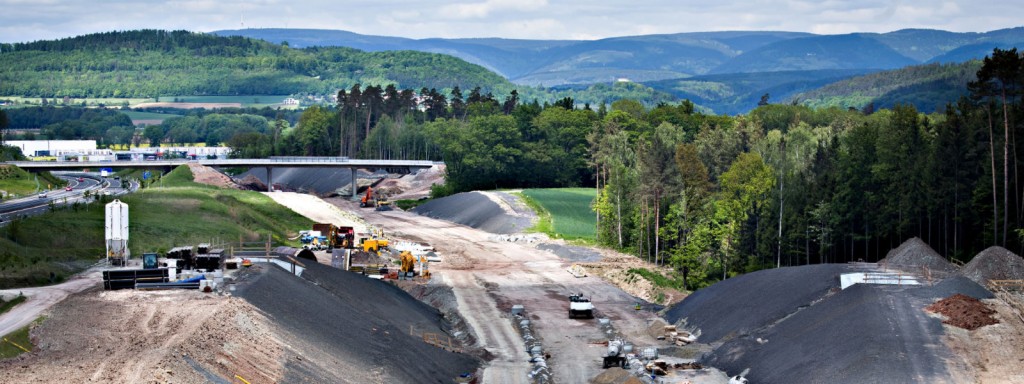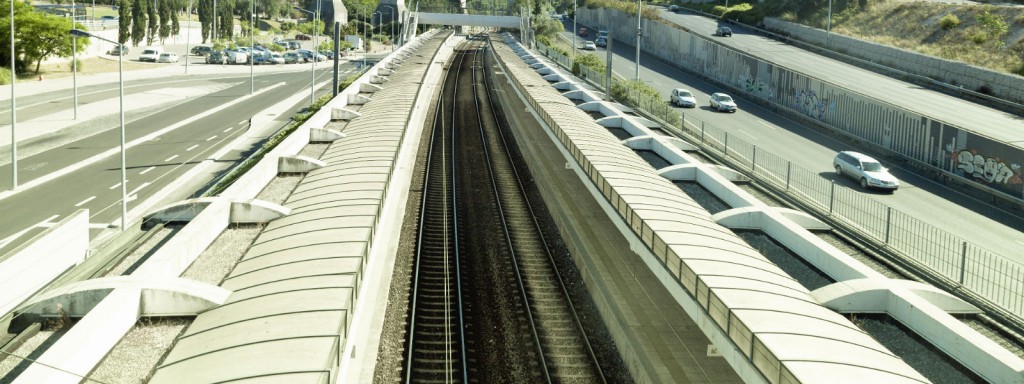How To Build a Retaining Wall Using Virtabloc R
The BlockWall solution to build a retaining wall is very simple and fast. The feed back we get from civil contractors is excellent. The method saves a lot of time as the walls can be build in a single operation. In-situ concrete walls have to be build in several sections using heavy plant and equipment. Follow our step by step guide to see how easy it is.
Retaining Wall Design Drawing

Before we can build the retaining wall we need a design. The drawing to your left is a 2.4m high reinforced blocks retaining wall. The ground bearing capacity for the design is 200Kn/m2 and the surcharge load is 10kn.
The foundation width is 1800 mm and the depth is 300 mm. The foundation is reinforced with A393 for both the heal and toe reinforcement. The vertical wall reinforcement is a single H25 bar.
The blocks used in this design are Virtabloc R. These are 600mm wide x 600mm deep x 1800mm, 1200mm and 600mm long.
Step 1
Prepare the ground to formation levels and level and compact the ground. If required lay a 50mm blinding bed of concrete. Make sure the formation is flat and level.
Fit formwork in position to the retaining wall design drawing.


Step 2
Lay the top and bottom reinforcement as detailed in the retaining wall design drawing. Fit spaces to ensure the correct cover is obtained.
Cover should be 40mm.
Step 3
Use 100 x 50mm softwood battens to set out the started bars. The bars should be set at 600mm centers and set in 450mm from the front position of the block. If the blocks are set 200mm in from the base the dimension from the front of the base will be 200mm + 450mm = 650mm. See the section through on the design drawing for the full detail.
Drill a hole slightly bigger than the bar dimension in the batten to hold in position. Wire the starter bar to the top and bottom reinforcement to keep in position.
When pouring the concrete, check the starter bar position before the concrete sets just in case they move.


Step 4
Strip the formwork ready to take the blocks.
Step 5
Fit the first layer of blocks over the starter bars. The holes in the bottom course of block should be 100mm diameter allowing the next bar to fit with some clearance.
Fit the ground drain and back fill at this time as you will have space. This becomes more difficult when the wall is higher.


Step 6
Thread the vertical bar through the wall ensuring they hit the bottom of the raft. It is important the bars overlap within the first block.
Grout the bars in with Sika 212 non shrinkable grout.
Step 7
Fill the back of the wall with 50mm clean stone. It is important that any water that is trapped behind the wall is allowed to drain away to stop the build up of hydrostatic pressure.

Download Our Retaining Wall Guide










